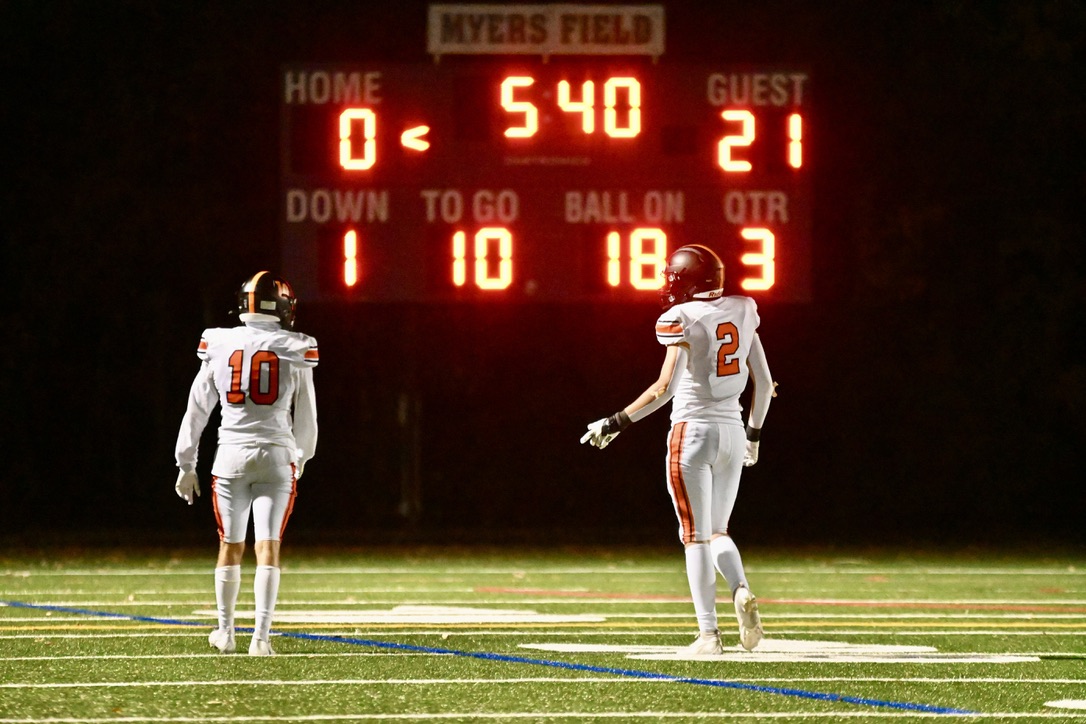
When Brown was five years old, she was diagnosed with type 1 diabetes. After her diagnosis, Brown had to make regular appointments for shots, and her family’s eating habits changed.
Type 1 diabetes is when a person’s body doesn’t make insulin. Insulin is a hormone that is needed in the body because it helps cells absorb sugar (glucose) from the blood. Since Brown has type 1 diabetes, she has to have some form of insulin with her at all times.
The main difference between type 1 and type 2 diabetes is that type 2 diabetes patients’ bodies still make insulin. In type 2 diabetes, these insulin levels are either not enough for the body, or the patient’s body will not correctly carry out the insulin’s functions.
Less than 10 percent of diabetes patients have type 1 diabetes.
After she was diagnosed, Brown had to learn what she was able to eat.
“I had to learn about nutritional values of food and how it affected you, regardless of whether it’s healthy or not,” Brown said.
Going hand in hand with her new attentiveness to food, Brown also had to add some routines for whenever she leaves the house.
Ever since she was five years old, Brown hasn’t been able leave the house without a few items that are her daily necessities. When Brown was younger, she needed to have a test kit, needles, insulin and apple juice with her at all times to treat herself when her blood sugar levels were low. Now, Brown keeps her insulin pump with her wherever she goes.
“It makes people think I’m ‘different’ or not ‘normal,’ but I‘m not.” Brown said. “I live my life like a regular teenage girl because my mom told me never to let it change my life.”

![During the WHS club fair, senior Molly Bergeron is watching a student sign up for her club, Eliza J. Norton Foundation. In this club, students meet every week and come up with ideas to spread the message. "[This club] really touches a lot of people in the town," Bergeron said.](https://waylandstudentpress.com/wp-content/uploads/2025/10/IMG_1335-1200x800.jpg)


































